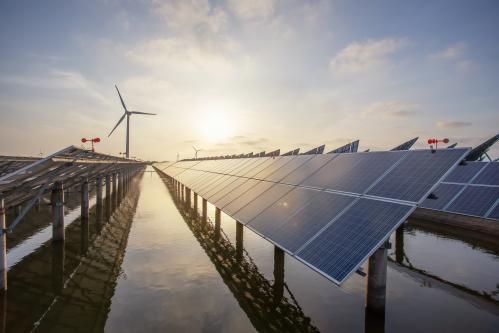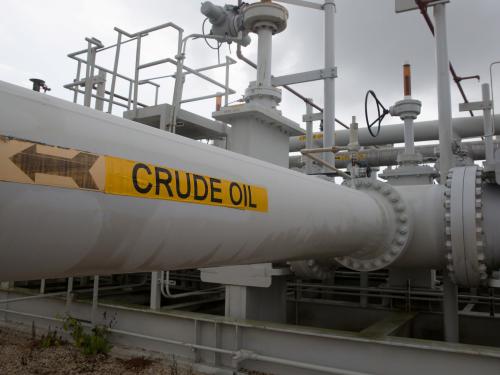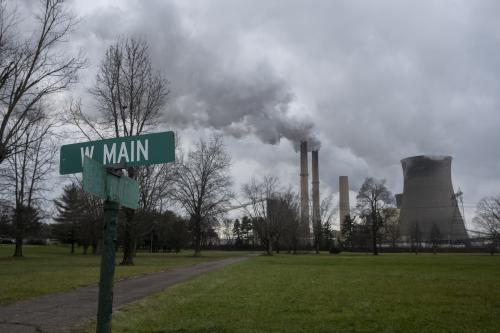The Deepwater Horizon oil spill is likely the worst in U.S. history from both the environmental and the economic perspectives — and it is still not contained.
While the federal government, British Petroleum (BP) and others try to cope with this unfolding disaster, it is not too soon to consider how economic incentives may have contributed to it — and make the chances of future spills unacceptably high.
Existing law creates incentives for spills.
In the wake of the Exxon Valdez spill, the 1990 Oil Pollution Act capped firms’ liability for economic damages from oil spills at $75 million, not adjusted for inflation and in addition to all removal costs.
Any economic damages beyond this are covered by a government-funded Oil Spill Liability Trust Fund, which has a per-incident spending cap of $1 billion for expeditious oil removal and uncompensated damages.
The rub here is that the $75 million cap on liabilities for economic damages now protects oil companies from full responsibility for damages.
This misalignment of incentives is a classic case of moral hazard. Firms or people behave differently when they are protected from risk.
Consider that oil companies make decisions about where to drill, and which safety equipment to use, based on benefit-cost analyses of the impact on their bottom line. For example, in choosing a location, oil companies assess whether the expected value of the oil exceeds the costs.
These costs include equipment used and wages paid employees. But they also include the expected payouts for potential spill damages to shorelines, local economies and the environment.
So the cap inevitably distorts the way companies evaluate their risk. Locations where damages from a spill may be costly — for example, places near coasts or in sensitive environmental areas — seem more attractive for drilling with the cap than if firms actually were responsible for all damages.
The cap effectively subsidizes drilling in the very locations where the damages from spills would be the greatest.
Further in all drilling locations, it reduces the incentives for investing in the best safety equipment or using the safest, but time-consuming, methods.
While an estimated 500,000 to 800,000 gallons of oil are pouring into the Gulf each day, the jury is still out on the spill’s total economic damage.
If the “top kill” approach had stopped the spill, one Wall Street analyst estimated that the economic damages would be approximately $8 billion. This is more than 100 times the cap. Now, with top kill’s failure, even this estimate may be too low.
Without the distortions created by the cap, it is unclear whether BP and its partners would ever have drilled at the Deepwater Horizon location. It seems possible, though, that they would have been far more careful in inspecting the blow-out preventers and other emergency units to provide a greater safety net against their own liability.
As Congress and the administration consider how to prevent future spills, there is much talk about creating more rigorous standards and certification processes for drilling equipment.
There also appears to be a strong case for reforming the Minerals Management Service to provide independent inspections.
But there is a clearer way to exert pressure on the industry so it will provide better safeguards against oil spills.
A critical aspect of any package of reforms should be the elimination of the liability cap or, at a minimum, greatly increasing it. Then real market forces would guide oil companies’ investment decisions — including a consideration of oil spill costs.
We are bound to hear that lifting the liability cap will mean higher prices for consumers. Indeed, this is one reason given for the Senate’s failure to pass legislation to raise the cap over the last few weeks. The answer to this charge is simple: In the massive global market for petroleum, lifting the cap will only have a small, likely imperceptible, impact on gasoline prices.
What lifting the liability cap could do, however, is shift U.S. drilling to safer places. It would certainly serve as an incentive for firms to take precautions against future spills.
Though we should have done so sooner, that is clearly a risk worth taking now.



Commentary
Op-edA Built-In Incentive for Oil Spills
June 3, 2010